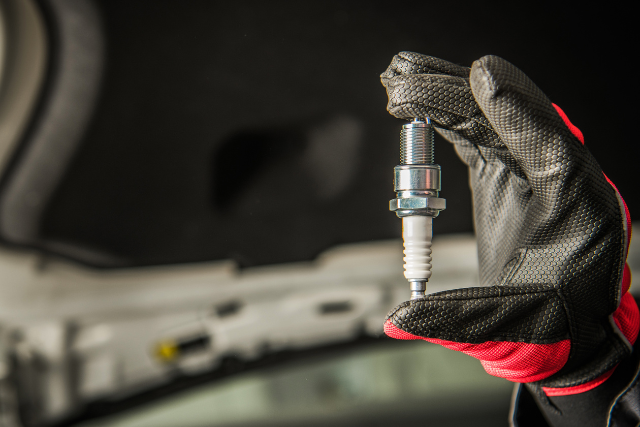Spark plugs have different types. One such distinction is hot and cold spark plugs. Both have their uses in different engine applications. Also, this is not binary, rather hot and cold is a spectrum with spark plugs available at various ratings.
So, what’s the difference between a hot and a cold spark plug?
Hot spark plugs have more insulation close to the tip which reduces heat transfer and maintains a high temperature in the tip.
Cold spark plugs, on the other hand, have less insulation close to the tip, leading to more heat transferred away and reducing the tip temperature.
In effect, hot spark plugs have their tip maintained at high temperatures. And cold spark plugs have their tips operating at lower temperatures.
This variance in the tip temperature is what differentiates a hot spark plug from a cold spark plug.
Now that we know the basic difference, let’s dig in deeper.
Hot Vs Cold Spark Plugs: Design Difference
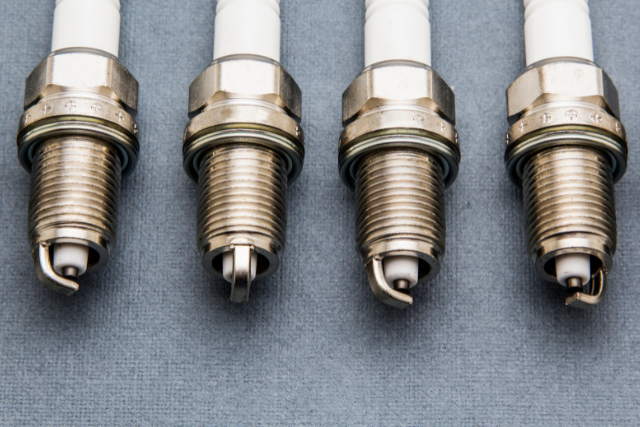
Apart from igniting the engine fuel mixture, spark plugs also transfer heat from the combustion chamber to the outside.
To be more precise outside here refers to the cylinder head. And the heat from the cylinder head is dissipated by the cooling system more easily.
So first, a spark plug transfers heat from its tip to outside the engine.
Second, every spark plug has an insulator made of sintered alumina or aluminum oxide. Since the insulator is a bad conductor of both electricity and heat, heat transfer is difficult with the insulator.
As a result, the longer the insulator near the tip, the slower the heat transfer. Thus, leading to a hot spark plug tip.
Similarly, the smaller the insulator near the tip, the faster the heat transfer. Thus, leading to a less hot (cold) spark plug tip.
Put simply, this is what differentiates a cold spark plug from a hot spark plug.
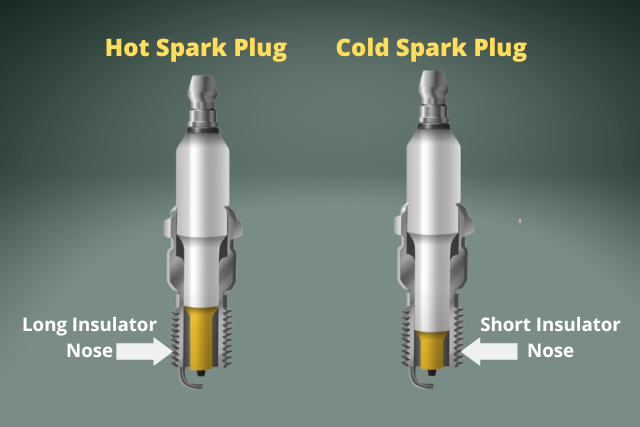
Cold plugs have less insulation close to the tip. With less insulation, more heat can be transferred from the spark plug tip to the outside (cylinder head). With more heat dissipating, the tip temperature will be lower and hence are called cold spark plugs.
Hot spark plugs, on the other hand, have more insulation close to the tip. With more insulation comes less heat transfer. As a result, the spark plug will always be at high temperatures. That’s why these spark plugs are called hot spark plugs.
If the insulation nose near the tip is longer, then it’s a hot spark plug.
And if the insulation nose near the tip is shorter, then it is a cold spark plug.
Hot Spark Plugs

As discussed above, hot spark plugs will have their spark plug tip maintained at high temperatures.
As for how they do it is by having a long nose insulator slowing the heat transfer away from the tip.
That’s the main key. The more insulation near the spark plug tip, the hotter will be the spark plug. The insulation kind of traps the heat in the center electrode tip.
There will be heat transfer of course. The insulator will not completely block the heat. But it will be slow. Real slow. As a result, the spark plug will always have its tip operating at higher temperatures.
Hot spark plugs are useful to prevent any carbon buildup on the spark plug tip. The high temperature does not allow any carbon deposits.
The unburnt fuel which is the main culprit responsible for carbon deposits is burnt away dues to the high temperature at the spark plug tip.
However, too hot a spark plug is not desirable as well. The optimum spark plug temperature range is between 500 to 800 degree celsius (or between 900 to 1500 degrees Fahrenheit).
If the spark plug gets hotter than the ideal range, you will start to notice problems in the engine. These can include knocking. pre-detonation, power loss, and even engine damage.
Hot spark plugs are ideal for low-compression engines. In addition, if the engine is not burning completely or there are carbon buildups, hot spark plugs are the best choice.
For hot spark plugs, typically platinum (both single and double platinum) and iridium are used as the tip material.
Pros:
- Prevents carbon buildup
Cons:
- Can cause engine knocking
- Pre-detonation
Used In:
- Low compression engines
- Engines not burning completely or having carbon buildups
Cold Spark Plugs
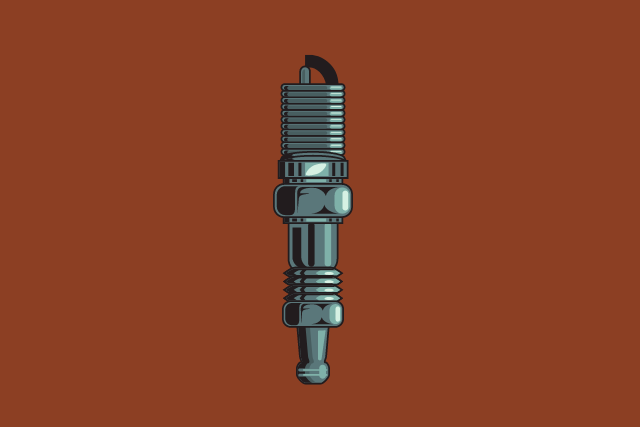
Cold spark plugs do NOT have their tips maintained at high temperatures.
The spark plug will have a short insulator nose and more conducting material, allowing the heat from the tip to transfer away easily.
The short insulator nose will make the heat transfer difficult of course. But the tip temperature will be nowhere near as high as that of a hot spark plug.
Cold spark plugs are great if you are facing engine knocking, pre-ignition, and power loss. They prevent these problems by reducing the engine temperature significantly.
But, they can also be a pain by allowing carbon buildup on their tips. Low temperature allows the unburnt fuel mixture to carbon deposit on the electrodes.
Cold spark plugs are preferred in high-compression engines, turbo and superchargers, and nitrous and high-performance engines.
Pros:
- Prevents engine knocking
- Reduces pre-detonation and power loss
Cons:
- Carbon buildup
Used In:
- High compression engines like turbo and superchargers
- Nitrous and high-performance engines
Which Is Better?
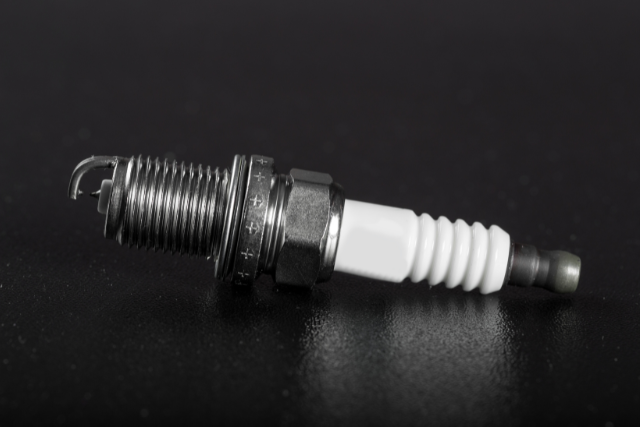
Both hot and cold spark plugs have their pros and cons.
If the spark plug is too cold, there will be carbon buildup on the spark plug tip. The plug won’t be able to burn the buildup leading to a loss of spark plug energy.
If, on the other hand, the spark plug is too hot, the engine could experience knocking, power loss, and pre-detonation, and can even result in engine damage.
So hot spark plugs are not always better as well.
Then which is better?
For low compression engines and engines with problems in complete combustion, hot spark plugs are better.
On the other hand, for high compression engines like turbo and superchargers, and nitrous and high-performance engines, cold spark plugs are preferred.
For your vehicle engine – be it a motorcycle or car, choosing the spark plug will be a bit of trial and error. Generally, a hotter spark plug is preferred. And read the spark plug from there.
If you notice carbon buildup, go for an even hotter spark plug next time.
But if you are seeing engine knocking and pre-detonation, choose a colder spark plug.
